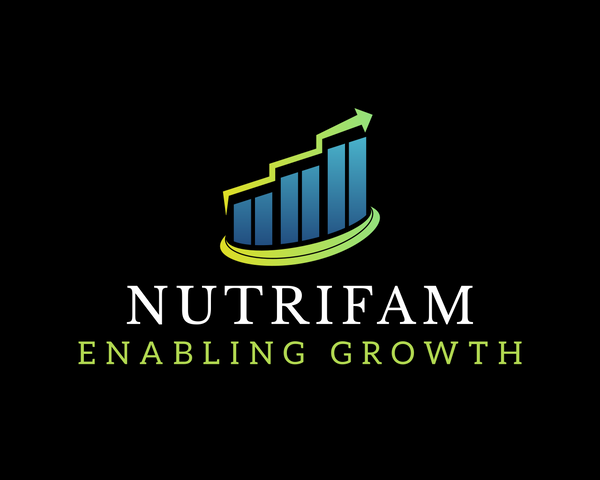While scaling your brand most of the pressure is generally directed towards the sales team. We did the same thing and we were definitely able to get larger orders. However, the larger orders didn’t proportionately translate into larger sales. The main culprit – out of stock (OOS) inventory. While looking at our own forecasting process and talking to colleagues from FMCG ops, I learnt there are two key inventory problems that most CPG companies face – understocked on moving leading to OOS and overstocked on non-moving items leading to Deadwood. I relooked at our forecasting process and came up with a few simple steps to improve our forecasting.
1) Increase the granularity of forecasts. In the beginning, I’d started with monthly forecasts and divided them by 30 to get a day level sale target. However, there are weekly variances in forecast, wherein the first week of the month generally has the highest retail sales since most people receive their salary this week. Since the first week of the month gets the highest retail sales, the last week of the previous month, assuming weekly replenishment to distributors, should see the highest distributor billing. You can bake in a skew accordingly.
2) You can grossly improve forecasts by baking in data that’s as close as possible to end consumer billing. The easiest way to forecast is simply on the basis of distributor billing. We did this and faced frequent stock-outs of specific SKUs. To solve this problem, we had to use data closer to the customer. Ideally, we would have liked to get retail level data but most retailers in General Trade (GT) don’t use POS systems.
So what did we do? We’d implemented a sales force automation (SFA) software called Recibo - Digitizing Sales & Distribution and started using the salesman order booking data to track the movement of stock from distributor to retailer. With a much better view of the movement of pipeline stock, our planning accuracy improved drastically. Kudos to Rishabh Sinha for implementing the SFA, driving adoption was easily the hardest thing in this process.
3) Baking in causal factors. We observed that we have three policy margins to influence sales in CPG: distributor and retail margin, changes in expiry policy and display schemes. We observed that stores that had a dedicated display for our products had 3x the sale of stores that didn’t have such a display (after normalizing for the size of store and area). We used the number of stores with Display as an input metric in our model and baked in the incremental demand by growing the number of such stores. Through this change, we were able to synchronize the actions of purchase and sales teams much better.
Lastly, creating a demand planning model sounds really boring, but it really helps synchronize effort between different teams and pays very well in the long run. I've added a few points in the comments on a few more enhancements.
